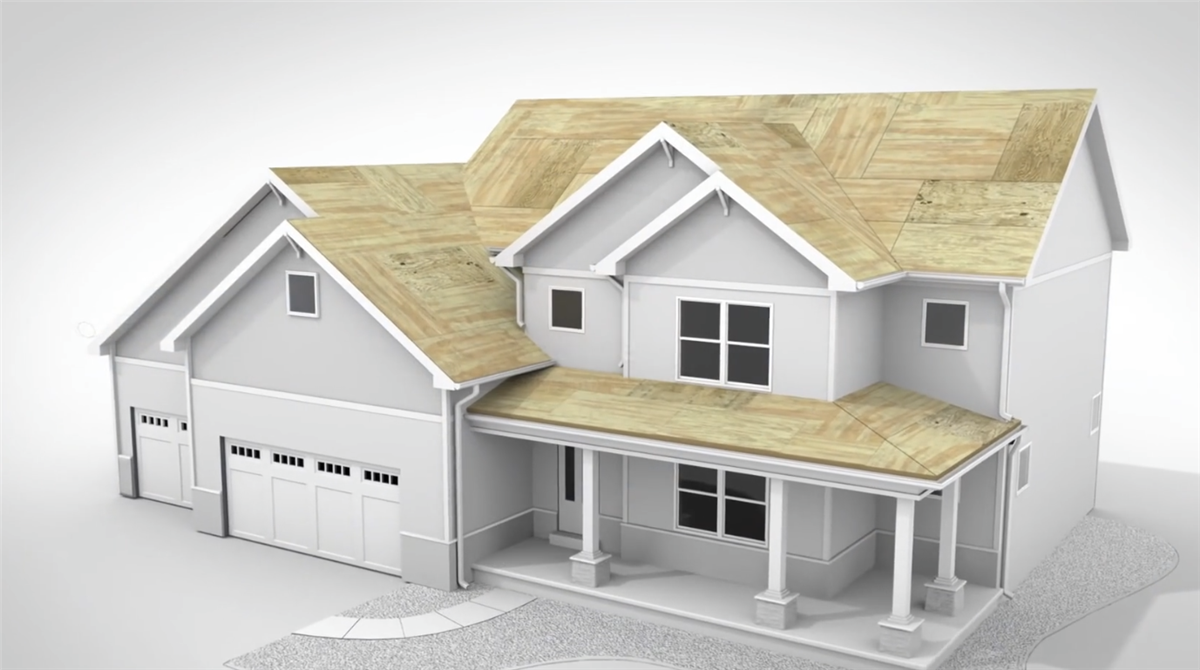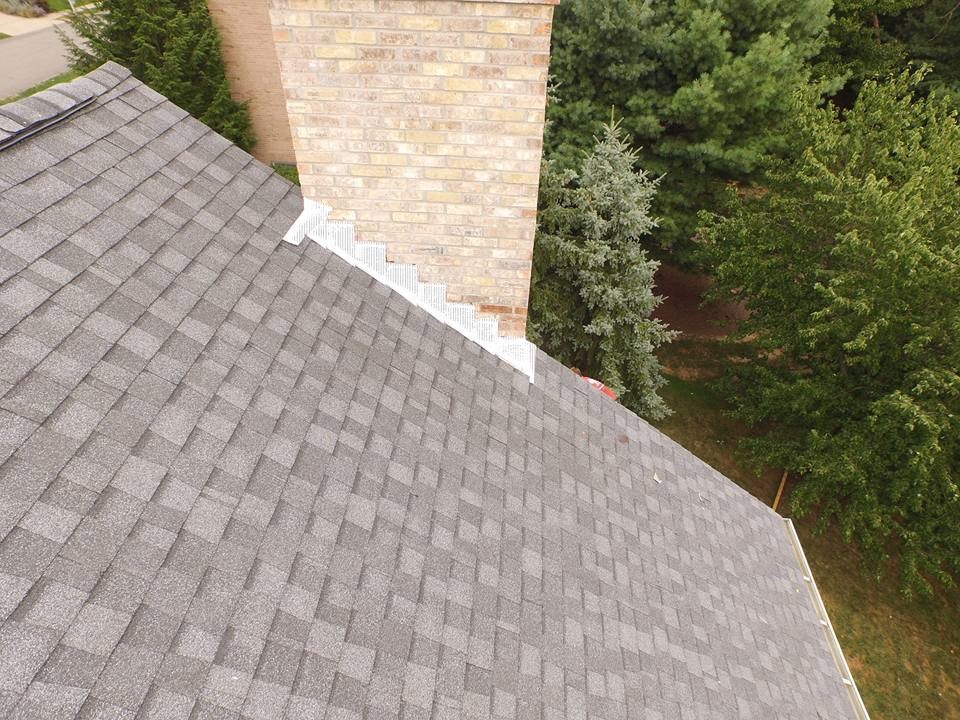When most homeowners think about their roof, they picture shingles, gutters, or maybe the color of their home’s exterior. But behind every long-lasting, high-performing roofing system is something far more important — ventilation. Proper roof and attic ventilation is one of the most critical (and most misunderstood) elements of a healthy home. It affects everything from energy bills and indoor comfort to shingle durability and moisture control.
In this deep, science-based guide, we break down what roof ventilation actually does, why it matters, and how it protects your home year-round — especially in climates like Pittsburgh where summers are hot, winters are snowy, and humidity can swing wildly.
1. Why Roof Ventilation Matters More Than Most Homeowners Realize
Regulates Attic Temperature
Attics naturally absorb heat. On a sunny day, roof surfaces can become extremely hot, and without ventilation, that heat becomes trapped. The attic then radiates warmth back into the home, forcing air conditioners to work harder and driving up energy bills. Proper ventilation reduces heat buildup by continuously moving hot air out and drawing cooler air in.
Controls Indoor Moisture
Warm air holds moisture — and inside a home, that warm air rises. Without ventilation, humid indoor air accumulates in the attic and condenses on cold surfaces like roof decking. Over time, this leads to mold, mildew, wood rot, and damaged insulation. A well-ventilated attic pushes moisture out before it can do harm.
Reduces Ice Dams
Ice dams are a major concern in Pittsburgh winters. When warm attic air heats the roof deck, snow melts unevenly. That water runs down to the colder edges and refreezes, building thick ice that can push under shingles and cause leaks. Ventilation keeps the roof deck closer to the outdoor temperature, preventing melting and refreezing cycles.
Protects Roofing Materials
Excessive heat and moisture break down shingles, underlayment, and decking faster than normal. Ventilation extends the lifespan of your roofing system by minimizing thermal shock and preventing moisture-related deterioration.
Improves Home Comfort & Energy Efficiency
A properly vented attic remains more stable in temperature and humidity, helping heating and cooling systems operate more efficiently. Homeowners notice cooler summers, warmer winters, and more consistent comfort throughout the home.
2. The Science Behind How Roof Ventilation Works
Roof ventilation relies on controlled air movement through the attic. The system works because of temperature differences, pressure changes, and natural airflow patterns.
The Intake–Exhaust System
A balanced ventilation system includes:
Intake vents at the soffits/eaves
Exhaust vents at the roof peak or ridge
Cool air enters low and pushes warm air upward where it naturally escapes. This creates continuous circulation without mechanical fans.
The Stack Effect
Warm air rises — that’s the basic physics behind every ventilation system. As attic air heats up, it becomes lighter and flows toward exhaust vents. The movement creates suction that pulls fresh, cooler air through the intake vents.
Convection and Heat Transfer
Solar energy heats the roof surface and radiates through the attic. Ventilation gives that heat a place to go. Instead of building up and radiating downward into the home, hot air is replaced with outdoor air.
Moisture Migration
Moisture from bathrooms, kitchens, and living spaces naturally rises. If it hits a cold attic surface, it condenses into liquid water. Ventilation combats this by keeping air moving so moisture can escape before it settles.
3. What Happens When Ventilation Is Poor or Missing?
Overheated Attics
When ventilation is inadequate, attic temperatures soar. This can cause:
Premature shingle aging
Dry, brittle roofing materials
Buckling roof decking
Higher indoor temperatures
Moisture Damage
Poor ventilation allows humidity to linger, leading to:
Mold and mildew
Wet or sagging insulation
Wood rot
Staining and odors in living spaces
Moisture is one of the most expensive attic problems to repair.
Ice Dams and Winter Roof Leaks
Unbalanced heat in the attic melts roof snow unevenly. As it refreezes at the edges, thick bands of ice form — backing water up under shingles, damaging gutters, and causing interior leaks.
Shortened Roof Lifespan
When the attic is hot or damp, shingles deteriorate faster. Many homeowners replace their roofs early without realizing ventilation is the root cause.
Increased Energy Costs
Poor ventilation leads to higher cooling costs in summer and heat loss in winter — pushing HVAC systems to work harder than necessary.
4. Types of Roof Ventilation Systems
Intake Vents
These supply fresh air from the outside:
Soffit vents (most common)
Continuous eave vents
Fascia vents (used when soffits are enclosed)
Proper intake is essential — without it, exhaust vents can’t do their job.
Exhaust Vents
These release warm, humid air:
Ridge vents (best for continuous airflow)
Box vents
Turbine vents
Gable vents
Solar or electric attic fans
A balanced system typically uses more intake than exhaust to maintain proper airflow direction.
5. Signs Your Home May Have Ventilation Issues
Homeowners may notice:
Stuffy or humid upstairs rooms
Shingles curling or deteriorating
Rusted nails or metal in the attic
Mold or dark patches on rafters
Ice dams forming in winter
Musty odors
High heating and cooling bills
Excessive attic heat during summer
These symptoms signal that airflow is restricted, blocked, or unbalanced.
6. What Proper Ventilation Looks Like
A healthy roofing ventilation system should include:
Clear, unobstructed soffit vents
A continuous ridge vent for exhaust
Baffles installed to keep insulation from covering intake vents
Airflow paths from eaves to ridge
Balanced intake and exhaust
Proper attic insulation to support ventilation
No bathroom or kitchen fans venting into the attic
When everything is installed correctly, the attic stays dry, cool, and stable — and the roof lasts years longer.
7. Why Ventilation Must Be Checked During a Roof Replacement
Many older homes in Pittsburgh were built before modern ventilation standards existed. Even if the shingles look fine, the attic may be severely under-ventilated. At EAS Roofing, we inspect:
Existing soffit area
Airflow channels
Ridge or box venting
Moisture levels in attic wood
Condition of insulation
Any signs of mold or condensation
A roof replacement is the perfect time to fix ventilation issues — and give the homeowner a brighter, longer-lasting roof.
8. Final Thoughts: Your Roof Depends on More Than Shingles
Roof ventilation is one of the most important parts of a roofing system, yet one of the easiest to overlook. When ventilation works, your roof stays cooler, your attic stays drier, your home feels more comfortable, and your roofing materials last longer.
At EAS Roofing, we don’t just replace shingles — we install full roofing systems built to breathe, perform, and stand up to Pittsburgh’s toughest weather.
Subscribe to EAS Roofing's Blog






Comments